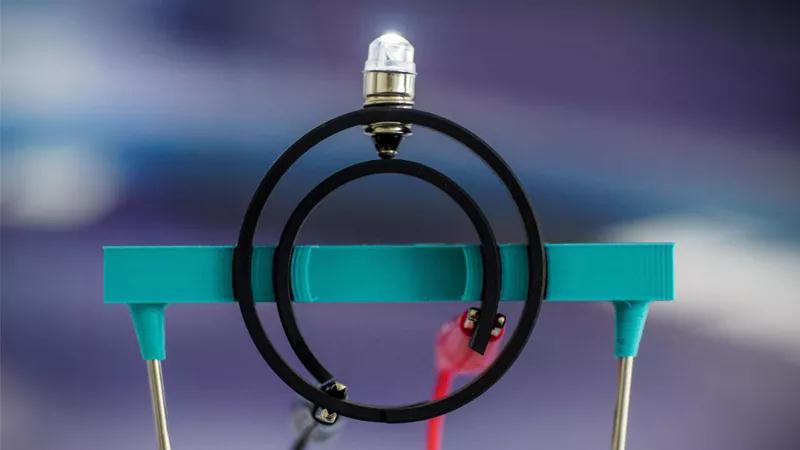Turcon launched by Treburg Sealing System ® MC1 and Turcon ® MC2 material is currently the only conductive polytetrafluoroethylene material that can be processed into spring or elastic force applied seals. It is an engineering material suitable for dynamic seals and bearings, providing reliable conductive connections between moving components.
Konrad Saur, Vice Chairman of the Treburg Sealing System Innovation Technology Center, said, "Turcon ® MC1 and Turcon ® MC2 is a special material developed specifically for springs, elastomeric force seals, and bearings to meet the strong demand in markets such as electric drives, electric vehicles, sensors, and the Internet of Things. “

This new material was developed by a factory in Denmark for Treburg Sealing System, and its R&D center manager, Soren Roepstorff, said, "Currently, the existing conductive rubber body is only suitable for static sealing because of its low elasticity, which makes it difficult to meet sealing requirements or install in closed grooves
Turcon ® MC1 and Turcon ® MC2 meets the customer's demand for conductive sealing materials, which can effectively and reliably work as seals and bearings in dynamic applications. With them, designers can use a range of high-end PTFE materials with different profiles, while fully utilizing their conductivity advantages in hydraulic systems or electric motors
Pure polytetrafluoroethylene is an excellent insulator with a resistivity of approximately 2x10+17 Ohm cm In order for polytetrafluoroethylene to conduct electricity, conductive fillers must be added and completely mixed with polytetrafluoroethylene molecules. Only when the carbon filling amount in polytetrafluoroethylene material exceeds the "threshold" will it have conductivity.
Turcon ® MC1 and Turcon ® MC2 is developed specifically for the conductivity of dynamic seals, and its sealing performance has been fully optimized.

Conductive sealing materials can be used for the following important applications:
During flight, airplanes sometimes encounter lightning, and conductive seals on the landing gear can help safely release static electricity.
The charge transfer between two components can generate sparks or stray currents in mechanical systems, such as electric motors, which can lead to corrosion of hardware surfaces and lubricant carbonization. The use of conductive seals or bearings can establish a smooth current path between two components, avoiding corrosion and carbonization.
Transmit or receive signals to sensors in the system. This signal transmission can be achieved through conductive seals or bearings, which will create a clear path for signal transmission. Therefore, system manufacturers can develop more complex systems for various aspects of artificial intelligence without the need for additional circuits.
To verify Turcon ® MC1 and Turcon ® The conductivity of MC2 has been tested by various internal laboratories in Treburg, including professional tests that simulate real-world situations. The results indicate that even under low contact pressure, Turcon ® MC1 and Turcon ® The dry contact resistance of MC2 can also be ignored, indicating high conductivity; When operating in lubricating oil, its resistance is also very low, resulting in a high conductivity.
Turcon ® MC1 is a medium filling material used for dynamic applications that require medium to high conductivity; And Turcon ® MC2 is a high filling material used for dynamic applications that require high conductivity.









